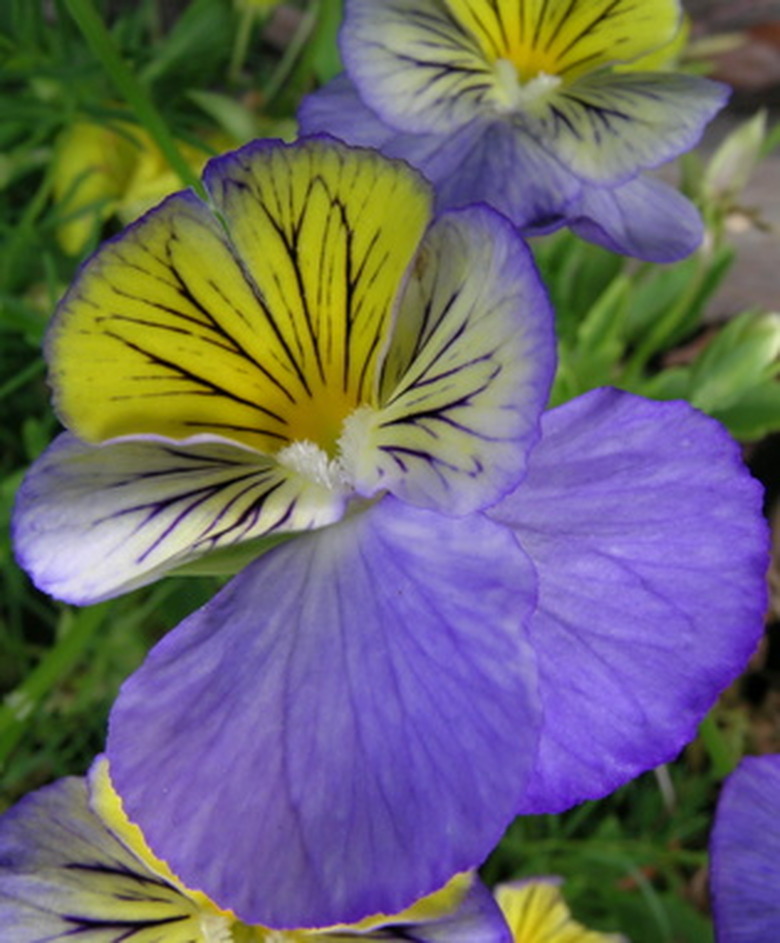How To Use A Planter With A Brown Coco Fiber Liner
A decorative and environmentally friendly way to place planters around your deck, or patio is to use a brown coco fiber liner. A coco liner not only looks good in wire planters, but also helps keep root rot away by increasing aeration as well as encouraging good drainage. While the process of using a coco liner in your planter isn't complex, there are a few steps you need to take before you are ready to plant.
Step 1
Take out the size disc you need for your planter or roll out the appropriate portion and cut it from the roll. If your planter is new and has come with coco fiber already formed to fit the planter, then skip ahead to step four.
Step 2
Fill a basin with warm water and dip your coco fiber piece into the water for three to five seconds. The coco fiber should become more flexible in the water; if not, then keep the liner in the water for longer.
- A decorative and environmentally friendly way to place planters around your deck, or patio is to use a brown coco fiber liner.
- While the process of using a coco liner in your planter isn't complex, there are a few steps you need to take before you are ready to plant.
Step 3
Place the wet liner immediately into your planter. Begin pressing the liner into the wire container, molding it into the inner shape of the planter. Overlap 1 inch of liner at the top of the planter.
Step 4
Fill in the planter, covering the liner, with potting soil up to 2 inches from the top. Plant the seedlings of your choice, most often annual flowers or herbs, into the planter, filling any remaining space with potting soil to bring the soil line up to the rim of the planter.
Step 5
Water your new plantings well and continue to water the planter anytime the top inch of soil is dry to the touch.
Tip
A moisture-control soil is recommended as soil in coco liner planters has a tendency to dry out sooner than soil in regular containers.
Warning
Over time your liners will need to be replaced, potentially every three to four years. Replace them when you notice age or drooping around the edge of the coco fiber, or if birds have discovered this free source of nesting material and have started slowly pulling it apart.
Things Needed
- Coco fiber (discs or roll)
- Scissors
- Basin
- Wire planter
- Potting soil
- Seedlings
References
- "The Complete Houseplant Survival Manual"; Barbara Pleasant; 2005
